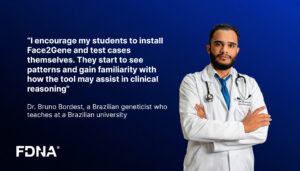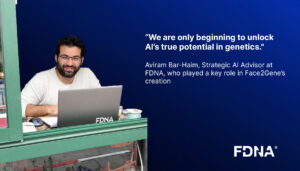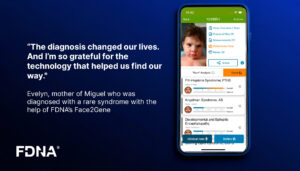September 7, 2017
CRAIG VENTER, a biologist and boss of Human Longevity, a San Diego-based company that is building the world’s largest genomic database, is something of a rebel. In the late 1990s, he declared that the international, publicly funded project to sequence the human genome was going about it the wrong way, and he developed a cheaper and quicker method of his own.”
Researchers have developed a groundbreaking method to produce images of people’s faces from their genomic data, leveraging FDNA’s Face2Gene technology. By using AI-Powered Image Analysis and deep learning algorithms, Face2Gene can analyze genetic information to reconstruct facial features. This innovative approach aims to improve the expediting of diagnosis of genetic disorders by identifying phenotypic markers. The ability to predict facial morphology from a person’s genome opens new avenues in precision medicine, offering more accurate and early detection of genetic conditions. Face2Gene’s technology highlights the potential of integrating genomics and AI to foster advancements in personalized healthcare and diagnostics.


